
Building Web Apps with WordPress. WordPress as an Application Framework. 2nd Edition Brian Messenlehner, Jason Coleman
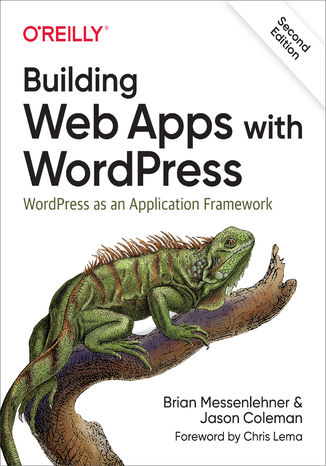



- Autorzy:
- Brian Messenlehner, Jason Coleman
- Wydawnictwo:
- O'Reilly Media
- Ocena:
- Stron:
- 546
- Dostępne formaty:
-
ePubMobi
Opis
książki
:
Building Web Apps with WordPress. WordPress as an Application Framework. 2nd Edition
WordPress is much more than a blogging platform. If you have basic PHP, HTML, CSS, and JavaScript experience you can use WordPress to develop fast, scalable, secure, and highly customized web apps, mobile apps, web services, and multisite networks of websites. Along with core WordPress functions and database schema, you’ll learn how to build custom plugins, themes, and services for just about any kind of web or mobile application.
In this updated second edition, Brian Messenlehner and Jason Coleman cover new features and functionality added to WordPress up to version 5.4. All code examples in the book are available on GitHub.
- Compare WordPress with traditional app development frameworks
- Use themes for views and plugins for backend functionality
- Get suggestions for choosing or building WordPress plugins
- Register custom post types (CPTs) and taxonomies
- Manage user accounts and roles, and access user data
- Build asynchronous behaviors with jQuery
- Use WordPress to develop mobile apps for iOS and Android
- Integrate PHP libraries, external APIs, and web service plugins
- Collect payments through ecommerce and membership plugins
- Learn how to speed up and scale your WordPress app
- Extend the WordPress REST API and create custom endpoints
- Learn about WordPress Gutenberg blocks development
Wybrane bestsellery
O'Reilly Media - inne książki
Dzięki opcji "Druk na żądanie" do sprzedaży wracają tytuły Grupy Helion, które cieszyły sie dużym zainteresowaniem, a których nakład został wyprzedany.
Dla naszych Czytelników wydrukowaliśmy dodatkową pulę egzemplarzy w technice druku cyfrowego.
Co powinieneś wiedzieć o usłudze "Druk na żądanie":
- usługa obejmuje tylko widoczną poniżej listę tytułów, którą na bieżąco aktualizujemy;
- cena książki może być wyższa od początkowej ceny detalicznej, co jest spowodowane kosztami druku cyfrowego (wyższymi niż koszty tradycyjnego druku offsetowego). Obowiązująca cena jest zawsze podawana na stronie WWW książki;
- zawartość książki wraz z dodatkami (płyta CD, DVD) odpowiada jej pierwotnemu wydaniu i jest w pełni komplementarna;
- usługa nie obejmuje książek w kolorze.
Masz pytanie o konkretny tytuł? Napisz do nas: sklep@helion.pl
Książka drukowana


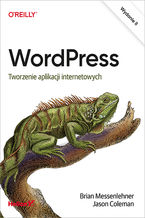



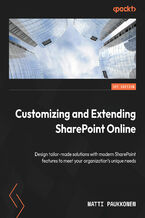

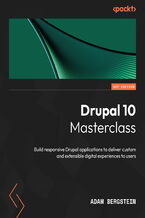
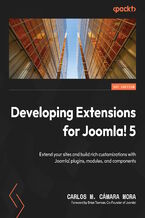










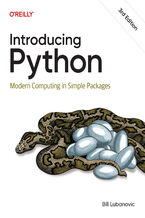
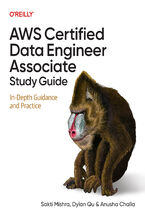

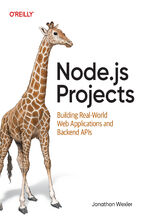
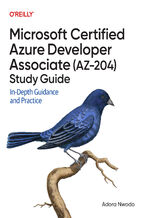
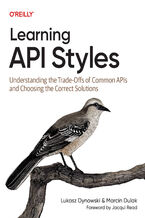
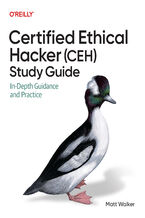
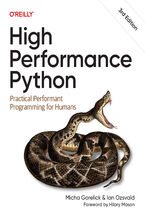
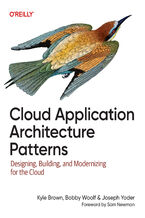
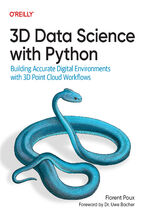



Oceny i opinie klientów: Building Web Apps with WordPress. WordPress as an Application Framework. 2nd Edition Brian Messenlehner, Jason Coleman
(0)